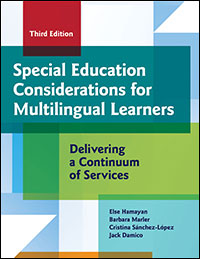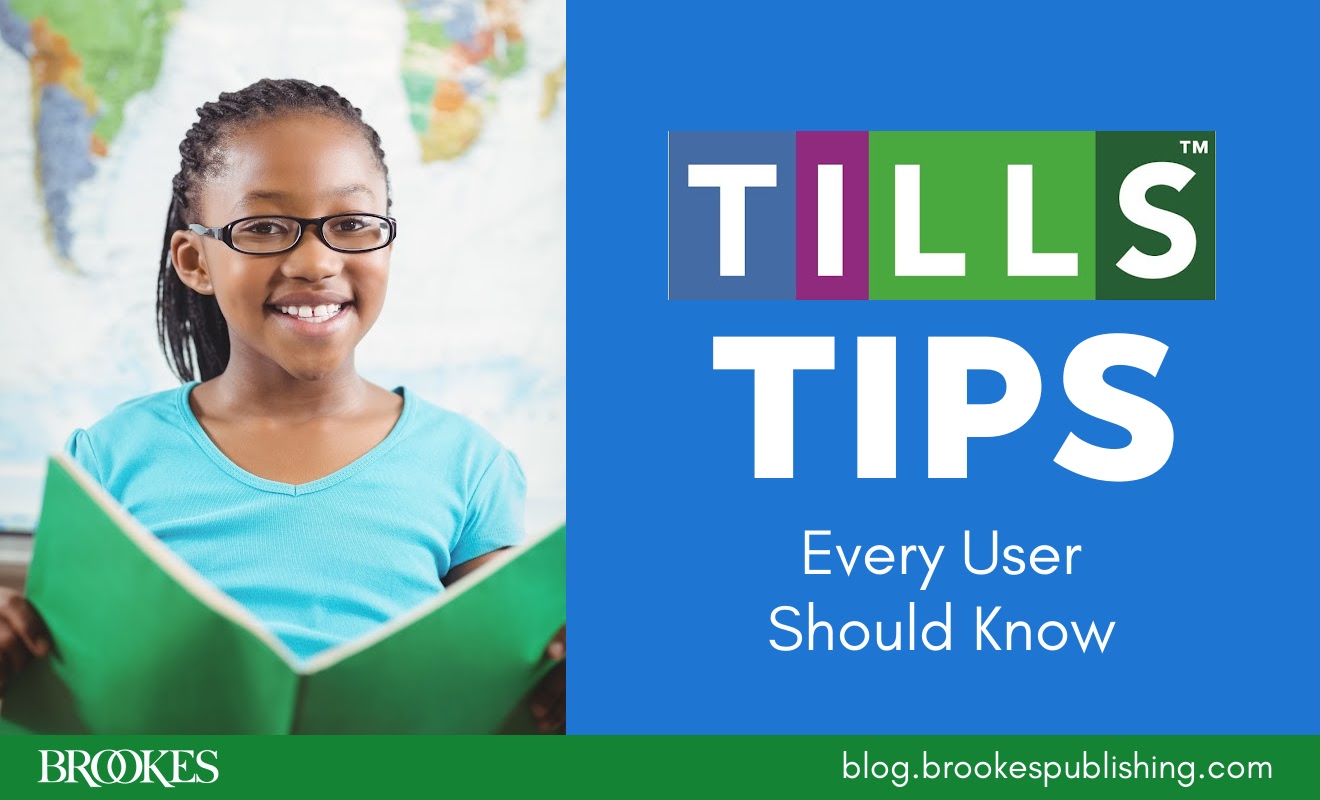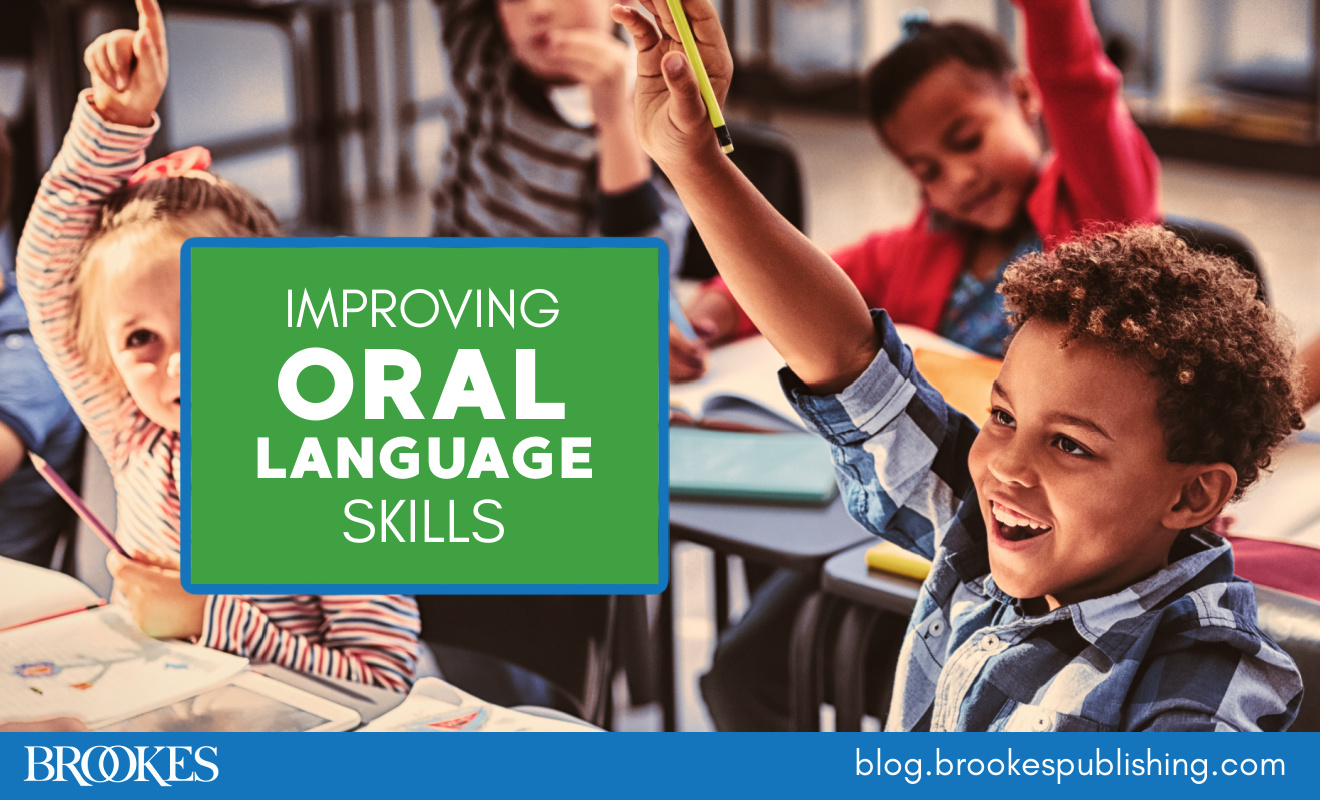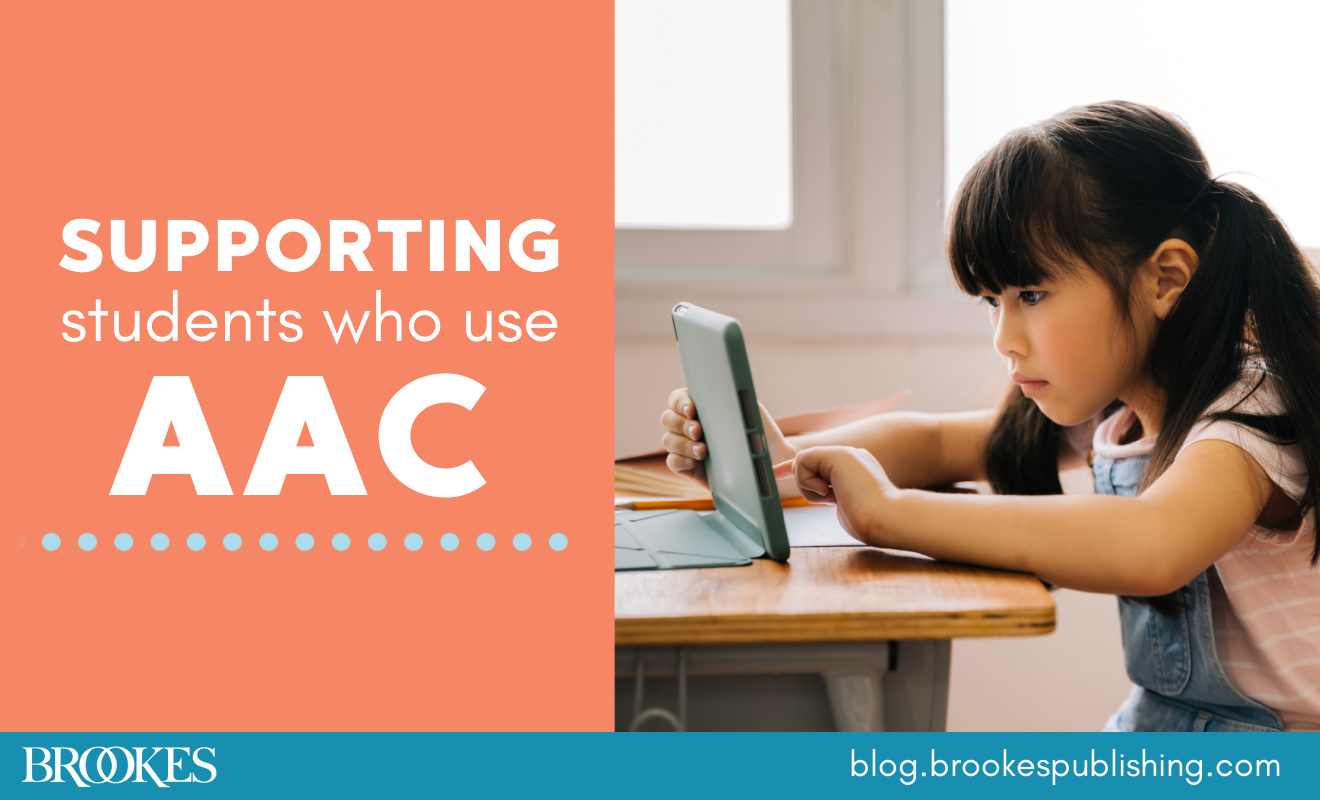9 Schoolwide Changes That Support Literacy Development for Multilingual Learners
November 16, 2023
 What are some schoolwide changes that can help boost language development and literacy in multilingual learners, especially those who are having academic difficulties? Today’s post outlines 9 key ideas, adapted from Special Education Considerations for Multilingual Learners by Else Hamayan, Barbara Marler, Cristina Sánchez-López, & Jack Damico.
What are some schoolwide changes that can help boost language development and literacy in multilingual learners, especially those who are having academic difficulties? Today’s post outlines 9 key ideas, adapted from Special Education Considerations for Multilingual Learners by Else Hamayan, Barbara Marler, Cristina Sánchez-López, & Jack Damico.
If your school hasn’t already implemented these support strategies, think about which ones you might want to work toward first. Not only will they help multilingual learners strengthen critical literacy skills, they’ll also help all students become better readers and writers—and promote acceptance and understanding across your whole school.
Ensure that all grades have access to reading specialists. Young children aren’t the only learners who need reading and literacy supports. Provide students with the support of reading specialists throughout grade levels, not just in the early grades, and help specialists use authentic language and literacy tasks to support multilingual learners. (Check out this list of books on supporting multilingual learners if you need options for professional development.)
Establish a home–school reading program. Include books in all the students’ languages. Encourage parents and family members to read to the student as often as they can in their home language. (Guide families in the use of dialogic reading strategies that actively involve the child.)
Provide more professional learning opportunities for teachers. Connect educators with guidance on how initial literacy development in a second language differs from initial literacy development in the home language, and which literacy strategies they should use across the curriculum to support multilingual learners.
Diversify your library. Order multilingual books every school year for classrooms and school libraries and display them prominently. Acquire multiple levels of books on nonfiction topics to support content-area texts. To increase access, work to develop an extensive multilingual virtual library for all grade levels. (See this post for 16 helpful resources you can use to ensure that your bookshelves and teaching materials reflect the diversity of your classrooms.)
Diversify your displays. To help multilingual students feel seen, represented, and respected, display student-created dual-language writing projects across grade levels and content areas on the school website, in the hallways, and in the library.
Emphasize literacy skills across content areas. Have students read and write each day in as many subjects as possible, and have teachers model reading and writing in every classroom and every lesson. Ensure that your language arts classrooms support reading and writing in mathematics, science, and social studies, too.
Block out time for free-choice reading. Give students time to read what they choose outside of their required readings for class. Initiating schoolwide free-choice reading time for all students is a great way to motivate learners to practice and expand their literacy skills.
Create collaborative newsletters and stories. Have students work together to create classroom newsletters using teams of students as reporters in different content areas. Or ask students to work collaboratively with peers to create texts and publish the stories on the school/class website. Make digital multilingual versions so that students can easily share their work with their parents.
Connect with multilingual partners. Establish connections with partner classrooms in another country, preferably one that some of your multilingual learners or their families come from. You may also want to implement a reading program with the support of multilingual members of your own community, such as high school and university students.
Use these ideas to guide change in your school for the benefit of all students, including multilingual learners. And for in-depth information on meeting the needs of multilingual learners who experience challenges in school, order the book behind today’s blog post!




Write a Comment
Your email address will not be published. Required fields are marked *
Post a Comment